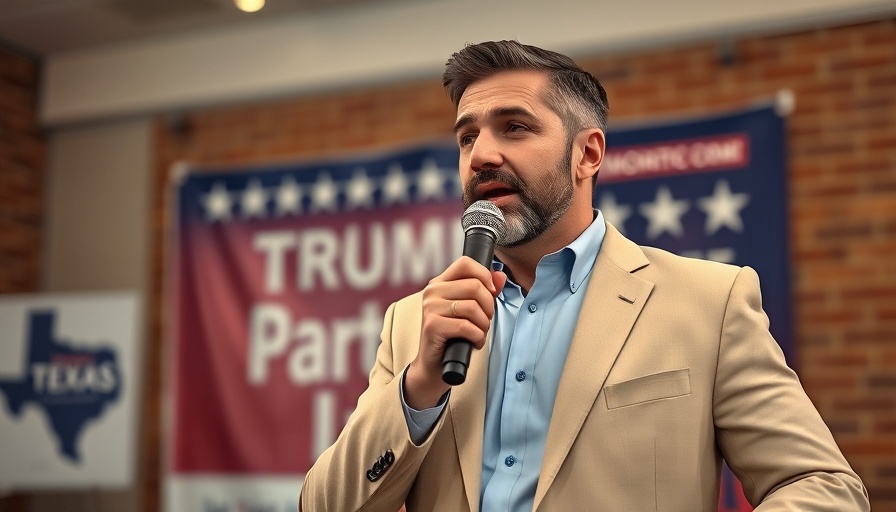
Facing the Aftermath: The Urgent Needs of Hill Country Residents
As the Hill Country in Texas grapples with the devastation from recent flooding, local communities are coming together to address urgent needs. Residents are in dire circumstances, displaced from their homes and facing uncertain futures. Efforts have begun to assess damage, provide shelter, and offer relief, but the road to recovery will be long and fraught with challenges.
Why These Events Matter Now More Than Ever
With climate change causing more extreme weather patterns, the frequency and severity of natural disasters like floods are becoming a harsh reality. This year's flooding endpoints serve as a grim reminder of our vulnerability. The situation illuminates the critical need for sustainable infrastructure and emergency preparedness in vulnerable areas like the Hill Country. Not only does this flooding impact the local population, but it also reverberates through the regional economy, affecting everything from agriculture to tourism.
Lessons from Previous Disasters: What Can We Learn?
Histories of past disasters reveal patterns that can inform future responses. For instance, the flooding aftermath in Texas back in 2015 taught communities that strong local leadership and clear communication can mitigate chaos in the wake of a disaster. More recently, case studies from Hurricane Harvey's impact highlight the significance of community-centered initiatives and the speed of response in disaster relief. Such insights emphasize how critical it is for Hill Country residents to be prepared for future emergencies.
The Unseen Stories: Real Impact on Families
While headlines often focus on statistics, behind every number is a person or family coping with loss. Consider the Garcia family, with three generations displaced after their Rocksprings home became uninhabitable. Their story is just one of many that underscores the emotional toll of flooding. The community's solidarity through fundraising and support campaigns illustrates a beacon of hope amid despair. Highlighting such stories can push policymakers to prioritize support systems for displaced families.
Community Response: How There's Still Hope
The community's response showcases resilience and solidarity. Local organizations and volunteers are stepping up to gather donations, shelters are being set up, and agencies are collaborating to streamline help. This grassroots effort is vital not just for immediate relief but also for long-term recovery, fostering a sense of unity and shared purpose. Observing these initiatives promotes the understanding that, collectively, communities are capable of overcoming adversity.
The Importance of Advocacy and Long-term Planning
As we address the immediate needs of the Hill Country, attention must also be directed toward long-term solutions. Advocacy for better infrastructure, zoning laws, and emergency protocols must remain at the forefront of community discussions. Engaging local leaders to create a framework for future disaster resilience can significantly benefit communities, fostering a safer environment despite unpredictable climate patterns. By advocating for proper policies, residents aren’t just voicing temporary concerns—they’re actively participating in shaping a secure future.
Finally, What This All Means for Texas
The devastating flood events in Texas’s Hill Country serve as a crucial reminder of the challenges still faced in effective disaster management. As families work to rebuild and recover, it’s clear that community support, sound policies, and proactive planning can significantly alter the course of recovery. With Texas poised to undergo additional challenges in years to come, these experiences must inform future decision-making at local and statewide levels.
To support Hill Country families and contribute to recovery efforts, consider donations to local relief organizations. Every effort counts in helping these resilient communities rebuild and recover stronger than before.
 Add Row
Add Row  Add
Add 




Write A Comment